This page has been idle for a while. To make sure you don't miss out on the latest content, please reload the page.Refresh
Refresh
This page has been idle for a while. To make sure you don't miss out on the latest content, please reload the page.Refresh
Refresh
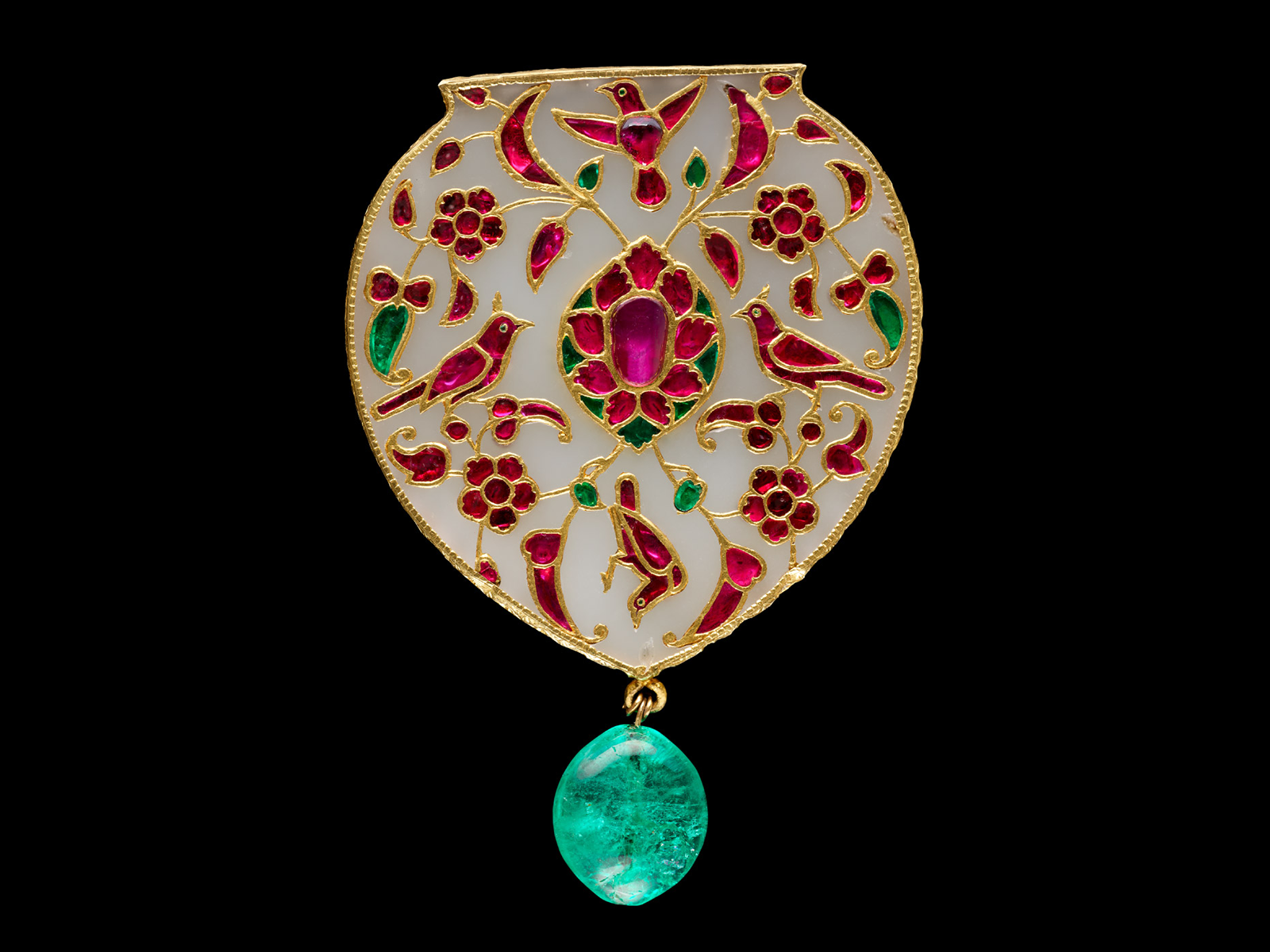

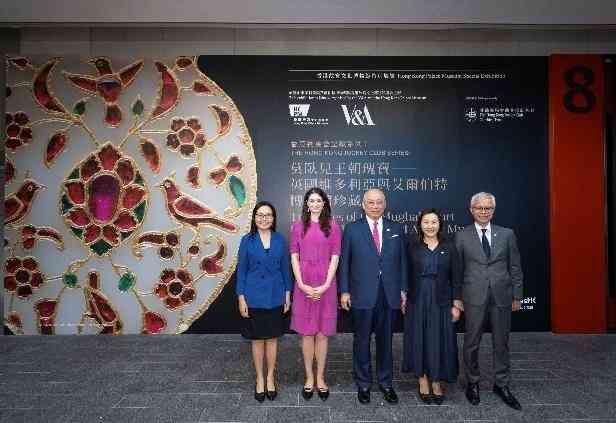

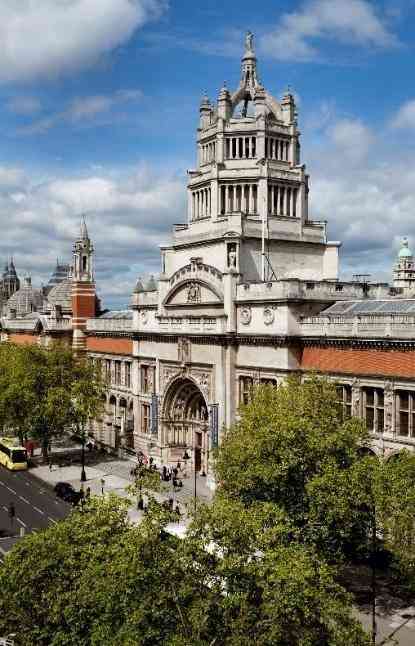

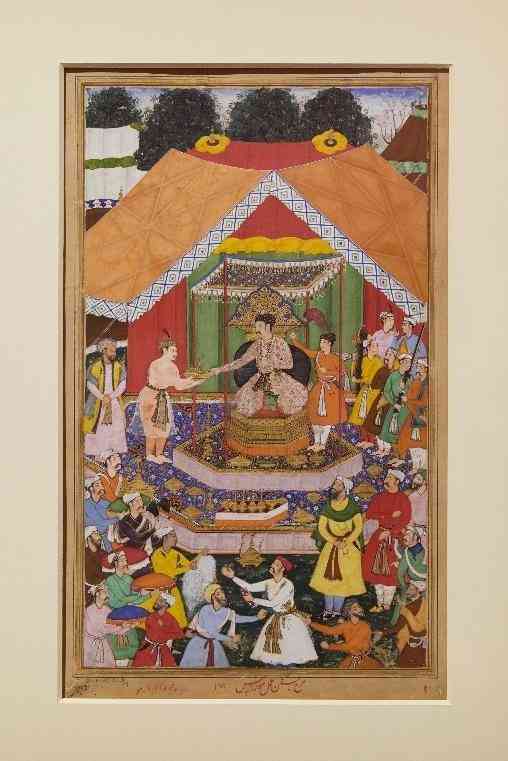

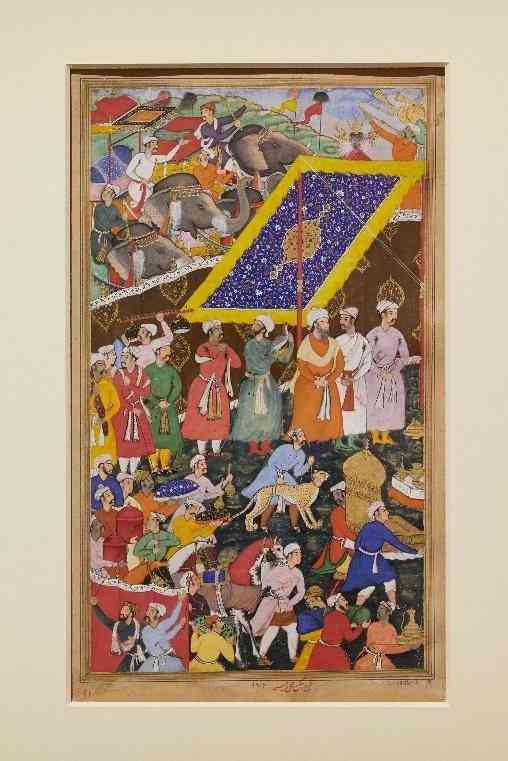

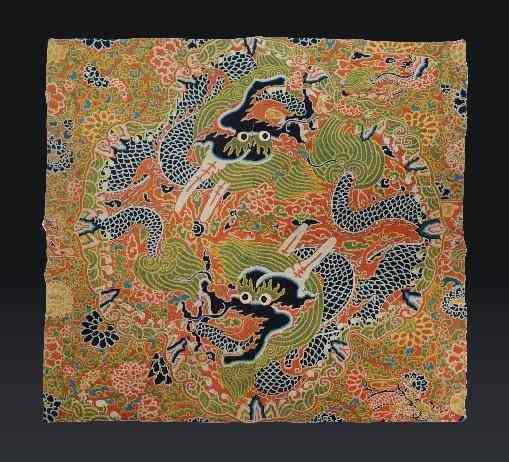

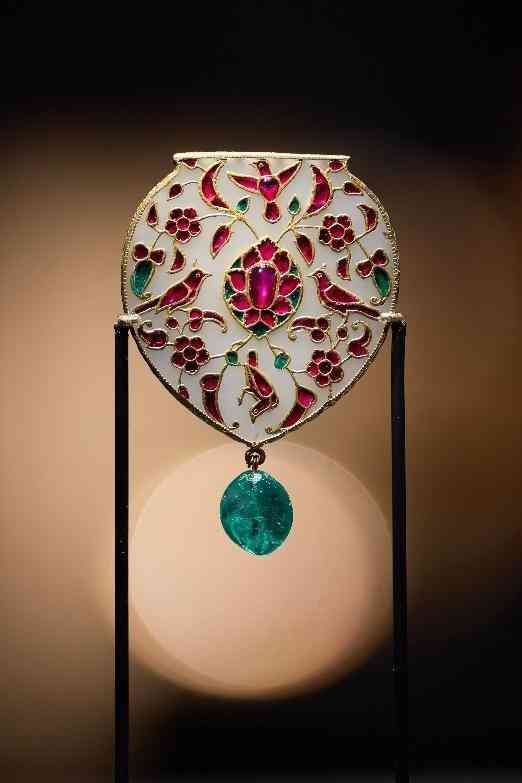

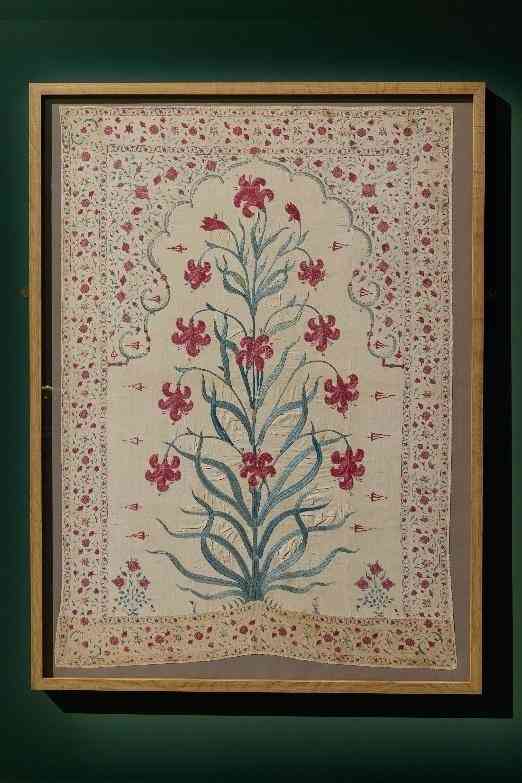

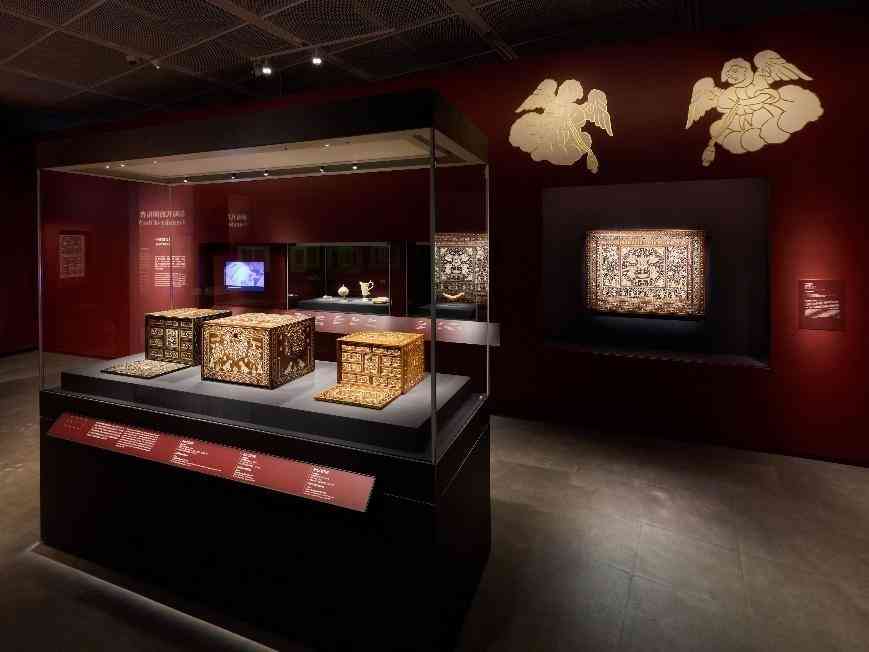

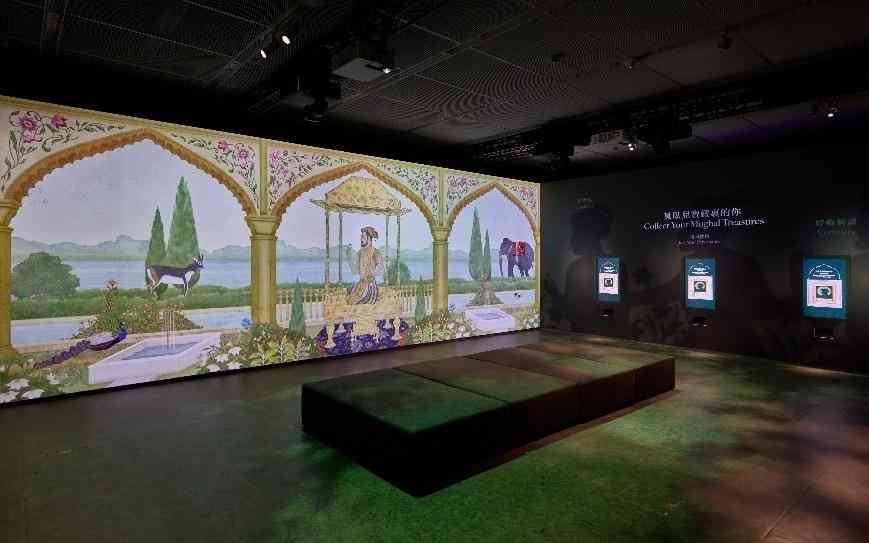












The Hong Kong Palace Museum (the Museum) and the Victoria and Albert Museum (V&A) jointly present a new special exhibition, "The Hong Kong Jockey Club Series: Mughal Treasures from the Collection of the Victoria and Albert Museum," ("Mughal Treasures"), which officially opens to the public today. The exhibition runs from August 6, 2025, to February 23, 2026. Exclusively sponsored by the Hong Kong Jockey Club Charities Trust, it is Hong Kong's first major exhibition to comprehensively showcase Mughal art. Featuring over 100 art treasures from the Golden Age of the Mughal Empire (1526–1857), encompassing paintings, jewelry, architectural components, weaponry, textiles, ceramics, and other categories, the exhibition showcases the diverse artistic styles and pinnacle of craftsmanship, while also showcasing the artistic exchange between China and the Mughal court.
The special exhibition on the same theme was first successfully held at the Victoria and Albert Museum in London from late 2024 to early 2025. This exhibition, held at the Hong Kong Palace Museum, is its only stop in Asia. Building on the London exhibition, the Hong Kong exhibition highlights the story of the Mughal court's exchanges with China and other cultures, enriching the history of the Mughal empire. Hong Kong artists have been invited to incorporate multimedia interactive installations and local elements into the exhibition design, making the exhibition more relevant to the Hong Kong Palace Museum's audience. In addition to treasures from the Victoria and Albert Museum, the exhibition also features important collections from Kuwait, the United Kingdom, and other international collections. The Hong Kong Palace Museum, the Hong Kong Palace Museum's Ho Chi Sze Collection, and the Mengdiexuan Collection also provide some fascinating exhibits.
Opening guests at the Hong Kong Palace Museum today to view the special exhibition included Kong Lingcheng, Chairman of the Board of Governors of the Hong Kong Palace Museum; Emily Hannam, Curator of South Asian Art at the Victoria and Albert Museum; Dr. Lau Ho-yee, General Manager (Culture) of Charities at the Hong Kong Jockey Club; Gan Kim-shek, Acting Chief Executive Officer of the West Kowloon Cultural District Authority; and Dr. Ng Chi-wah, Director of the Hong Kong Palace Museum.
Kong Lingcheng, Chairman of the Board of Governors of the Hong Kong Palace Museum, said: “Promoting international cultural exchange is one of the founding missions of the Hong Kong Palace Museum. The exhibition ‘Treasures of the Mughal Empire’ will further consolidate the Museum’s key role as a platform for cultural dialogue between China and the West, and promote the integration of diverse arts and cultures from around the world. The exhibition not only showcases the extraordinary artistic achievements of the Mughal period, but also explores the inclusive character of its art and culture, highlighting Hong Kong’s unique position as a bridge between East and West. We hope that this exhibition will provide visitors with a deeper understanding of the exchange and mutual learning among global civilizations.”
Emily Hannam, Curator of South Asian Art, Victoria and Albert Museum "This exhibition provides a once-in-a-lifetime opportunity for a wider audience to delve deeper into the international art and culture of the Mughal court. We are delighted to share with Hong Kong audiences the exceptional craftsmanship of this rich period of art and design, and to showcase previously unseen treasures for the first time," said Dr. Lau Ho-yee, General Manager (Culture) of Charities at the Hong Kong Jockey Club. "We are honored to support 'The Hong Kong Jockey Club Series: Mughal Treasures - From the Collection of the Victoria and Albert Museum,'" said. "As Hong Kong's first major exhibition showcasing comprehensive Mughal art, it will enhance public awareness of the Mughal dynasty's remarkable artistic achievements and its contributions to global cultural history through a series of guided tours, workshops, and lectures."
During the West Kowloon Cultural District Authority's inaugural "Hong Kong International Cultural Summit" in 2024, the Hong Kong Palace Museum and the Victoria and Albert Museum signed a letter of intent for collaboration. The "Mughal Treasures" exhibition is one of the key outcomes of this collaboration.
A new curatorial perspective showcases the artistic achievements and cultural exchanges of the Mughal Golden Age.
From the 16th to the 17th centuries, the Mughal Empire was one of the most influential dynasties in the world, ushering in a golden age of South Asian art and culture. Under the patronage of three iconic emperors: Akbar (reigned 1556–1605), his son Jahangir (reigned 1605–1627), and his grandson Shah Jahan (reigned 1628–1658), Mughal court art flourished, developing a diverse and eclectic style. Drawing on cultural influences from South Asia, China, Iran, and Europe, the Mughal dynasty gradually forged a new style of court art that continues to influence later generations.
This exhibition, employing a new curatorial perspective, focuses specifically on the cultural exchanges between the Mughal court and the contemporary Chinese courts of the Ming and Qing dynasties (1368–1911). Driven by their culturally engaged monarchs, court art in both regions flourished, fostering an open attitude that fostered cultural exchange and innovation. For example, Mughal court jades incorporated forms and motifs from Chinese art; the Qianlong Emperor (reigned 1736–1795) greatly admired Mughal jade carvings and ordered Chinese court artisans to replicate them.
The first section, "Emperor Akbar (reigned 1556–1605), a Pioneer of a New Era," focuses on how Emperor Akbar promoted religious tolerance and established diverse court workshops, leading to the emergence of a distinctive new style in Mughal art. Akbar's reign marked the early stages of Mughal art, and the thumb rings on display reflect the diverse aesthetics of that period. Other highlights include storage chests, crafts adorned with shells that were highly favored by the Mughal royal family. These chests are displayed alongside a Ming Dynasty Chinese flat-top table featuring bonsai and flower arrangements from the Hong Kong Palace Museum's collection, creating a striking contrast and showcasing the exquisite craftsmanship and ingenuity of both Mughal and Chinese artisans.
The second section, "Emperor Jahangir (reigned 1605–1627), Explorer of World Treasures," explores Emperor Jahangir's significant contributions to the development of Mughal art. He continued his father's tradition of patronage of the arts and actively collected treasures from around the world. Highlights include a yellow-glazed plate from the Hongzhi reign of the Ming Dynasty (1488–1505), a diplomatic gift that reflects the cultural exchange between Asia in the 16th and 17th centuries. Another key exhibit is a white jade pendant, likely worn by Emperor Jahangir.
The pendant features a hoopoe, a symbol of wisdom in Persian culture. Set with emeralds and rubies, the pendant showcases the unique South Asian technique of kundan inlay.
The third section, "Emperor Shah Jahan (reigned 1628–1658), Builder of Paradise on Earth," showcases masterpieces from the peak of Mughal art, renowned for their ornate style and intricate patterns. Emperor Shah Jahan's most celebrated artistic contribution is the Taj Mahal, the mausoleum he built for his beloved wife. Floral motifs adorn not only the Taj Mahal but also jewelry, textiles, and paintings, symbolizing the beauty and eternity of the empire, like a paradise garden. Highlights include a jade wine bowl emulating floral forms and decorated with contemporary floral motifs, showcasing the pinnacle of Mughal craftsmanship.
Immersive Taj Mahal Tours, Collaborations with Hong Kong Artists, and Innovative Learning Activities
The exhibition, "Taj Mahal: Eternal Love and Architectural Treasure," features immersive digital media presentations, accompanied by artifacts from the Taj Mahal, highlighting the artistic significance of this World Heritage site and the historical stories behind it. This magnificent mausoleum was built by Emperor Shah Jahan, one of the Mughal dynasty's most important art advocates, in memory of his beloved empress, Mumtaz Mahal (1593–1631). Another highlight of the exhibition design is that the museum specially invited Hong Kong artist and architect Siu Kwok-kin to lead a team of local artists to create a series of murals inspired by the exhibits within the exhibition halls. These murals pay tribute to the artistic treasures of the Mughal period and blend elements of Mughal and Hong Kong architecture and art.
The museum will also host a series of educational activities. A tactile experience area will allow visitors to touch the materials used to create the artworks and learn about the exquisite craftsmanship of Mughal court art. There will also be an interactive installation where visitors can take a personality quiz to find the most suitable Mughal art for their collection. The museum will also offer guided tours, audio guides, academic lectures, and Islamic calligraphy workshops. In addition to exhibition descriptions in Traditional Chinese and English, visitors can scan QR codes in the exhibition halls to access exhibition highlights in Simplified Chinese, Japanese, and Korean.
General Admission Tickets and Summer Family Package Offers
The "Hong Kong Jockey Club Presents: Mughal Treasures - From the Collection of the Victoria and Albert Museum" exhibition officially opened today in Hall 8 of the Hong Kong Palace Museum and will run until February 23, 2026. Adult admission to this special exhibition is HK$150, while a discounted ticket* is HK$75. Both tickets include same-day admission to the museum's special exhibition (Halls 1-7). An all-access ticket, entitling visitors to both the special exhibition (Halls 1-7) and the special exhibition (Halls 8 and 9), costs HK$200, while a discounted ticket* is HK$100. Tickets can be purchased through the West Kowloon Cultural District's online ticketing platform or ticketing partners. For details, please visit the museum's website.
In addition, the museum is offering a family ticket bundle promotion from July 1 to August 31, perfect for families visiting special exhibitions during the summer. Purchase two adult tickets and one child ticket (aged 7-11) and enjoy up to 20% off. For details, please visit the "Tickets" page on the museum's website.
Cover image: Pendant; Mughal Court Workshop; circa 1610–1620; Jade with rubies, emeralds, and gold; Victoria and Albert Museum, London, UK. 02535 (IS); © Victoria and Albert Museum, London.
Image 1: The Hong Kong Palace Museum's special exhibition "The Hong Kong Jockey Club Series: Mughal Treasures from the Collection of the Victoria and Albert Museum, UK" opens to the public today. Opening guests visit the exhibition.
Image 2: Victoria and Albert Museum © Victoria and Albert Museum
Image 3 and 4:
Emperor Akbar entertained by Azim Khan at Depalpur in 1571
Jagan, Asir, Surdas, Madhav (Mughal Court Workshop)
Mughal period, c. 1590–1595, paper, opaque watercolor, gold
Victoria and Albert Museum IS.2:94–1896, IS.2:95–1896
These two paintings are from the Memoirs of Akbar, an official chronicle compiled by Emperor Akbar's decree. This edition in the Victoria and Albert Museum's collection was the result of a collaborative effort by over 50 Mughal court artists. The paintings depict a court banquet hosted by Emperor Akbar and his adopted brother Azim Khan at Depalpur in 1571. The Persian names of the four court painters are inscribed in the lower border. In the center of the right panel is Emperor Akbar seated in a large tent, his hexagonal throne a symbol of his imperial power. Furthermore, the various West Asian-style metal cups, plates, and ewers used at the banquet reflect the presence of Iranian artisans working in Mughal court workshops and contributing to the production of metalware.
Image 5:
Cloud Dragon and Floral Pattern Fragment
China
Ming Dynasty, or Early 16th Century Nasha Embroidery
Hong Kong Palace Museum, Ho Chi Si Collection 2025.CH-HKPM.478
This textile, decorated with dragon and lotus motifs, shares a political function with the Mughal canopy displayed nearby. In China, cloud dragon motifs were often used to signify the emperor's supreme status, making this likely an imperial item. Nasha embroidery is a sophisticated embroidery technique in which designs are embroidered using silk thread on a yarn base. Because silk thread is thicker than yarn, the embroidery can cover the warp and weft of the yarn base, making the finished pattern extremely vivid and prominent.
Image 6:
Pendant
Mughal Court Workshop
Mughal Dynasty, circa 1610–1620. Jade, ruby, emerald, and gold
Victoria and Albert Museum 02535 (IS)
The hoopoe ornament on this pendant symbolizes Suleiman the Magnificent (King Solomon), the King of Wisdom in Persian culture. Mughal emperors considered Suleiman a role model and compared him to others. The reverse of the pendant is engraved with a verse from the Quran. All the gemstones in the pendant are flawless, and the hoopoe's eye is inlaid with small emeralds using the most sophisticated kundan inlay technique. This exquisite hoopoe pendant likely belonged to Emperor Jahangir.
Image 7:
Wall Hanging
Gujarat
Mughal Dynasty, circa 1650–1700, cotton embroidery, silk thread
Victoria and Albert Museum, IS. 168–1950
This exquisite embroidered wall hanging was originally used to decorate the walls or doors of the Mughal court. The floral motif at the center of the hanging was one of the most popular motifs in 17th-century Mughal art, also found in architecture, painting, and other artworks. Perhaps inspired by European botanical atlases, Mughal artists rendered the floral motifs with remarkable fidelity. This wall hanging was created by male weavers from Gujarat during Mughal rule. Their work was not only widely used in the Mughal court but also exported in large quantities to Europe. Gujarat's exquisite textiles and embroidery remain renowned today.
Images 8 & 9: "The Hong Kong Jockey Club Series: Mughal Treasures from the Collection of the Victoria and Albert Museum" Special Exhibition
Image 10:
The Hong Kong Palace Museum specially invited Hong Kong architect Siu Kwok-kin to lead a team of local artists to create a series of murals in the exhibition halls, inspired by selected artifacts.
The four sets of vibrant murals, designed in collaboration with the museum team, skillfully blend elements of Mughal art and architecture with those of Hong Kong, showcasing shared or similar aesthetics and symbols. © Hong Kong Palace Museum
Image 11:
"The Taj Mahal: A Treasure of Eternal Love and Architecture," a multimedia project for the "Hong Kong Jockey Club Series: Mughal Treasures from the Collection of the Victoria and Albert Museum" special exhibition. © Hong Kong Palace Museum